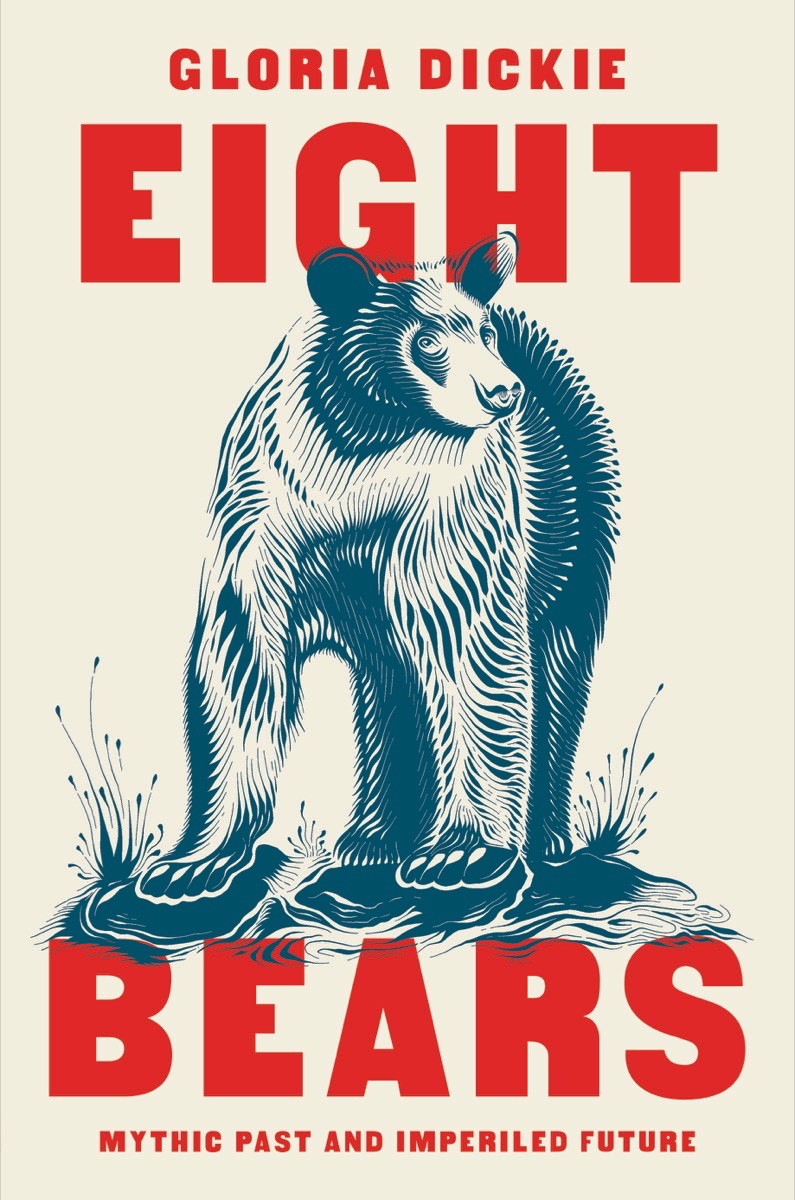- The Good: A world-wide tour of the eight species of bear
- The Bad: Highly journalistic; less scientific
- The Literary: Some history and mythology; literature quotes at chapter beginnings
Journalist Gloria Dickie travels across the world and back, from the cloud forests of the Andes to the ice floes of the Arctic, from the jungles of India to the backwoods of the Rocky Mountain West, to explore stories of the eight species of bear, most of whom are threatened with extinction.
As a culture, we’ve always been fascinated with bears. Folklore, mythology, and our modern fairy tales are rich with bear stories, many of them as good guys. The most common plush toy is a teddy bear, so named after Teddy Roosevelt, who refused to shoot a bear that his men ad caught and tied up for him, because he thought it was unsportsmanlike.
Who knew there are only eight species of bear? Some come right to mind, including the black, grizzly, panda, and polar bears, but the spectacled, sloth, sun, and moon bears are far less known. Dickie highlights each species as she meets with important conservationists and discusses the challenges bears face with encroaching human populations and climate change. My favorite tidbits include:
- The bile of sun and moon bears is highly sought after for its healing properties, and bear bile farms are still prevalent today. These are very difficult to read about, with one method of extraction being a permanent tube inserted into the gallbladder for the bile to freely drain.
- China’s panda breeding efforts over the last four decades have been highly successful, but the country now uses them for political bargaining and aren’t interested in a wilding program, relegating future panda populations to zoos. Papa Panda, a biologist who led the breeding program, was so in tune with bear cycles that often female bears would wait for his presence before giving birth.
- The most dangerous bear to humans, the sloth bear, is a vegetarian. They react very quickly—despite the name—to anyone who gets too close, as their habitat is shrinking rapidly due to human population growth.
- Black bears are really smart, so much so that nothing is “bear proof”, only “bear resistant”. Yosemite National Park used to have a bear feeding program, but much work over the past several decades has reduced black bear urbanization and food availability.
- Polar bears and grizzly bears diverged evolutionarily fairly recently, so they can still interbreed and their offspring are still fertile. With shrinking polar bear habitat—and therefore the increasing grizzly bear habitat—many believe they could recombine into a single species.
As an investigative journalist, Dickie’s stories are meant to elicit emotion first and share facts second. I enjoy the interviews with a wide range of experts and bear stakeholders, but they are edited to be quite short. I would have loved more ecology and science, as this book came recommended from Scientific American, so be prepared for a travelogue that often focuses on the horrors of bear cruelty.
Highly recommended for fans of nature and environmental books!
